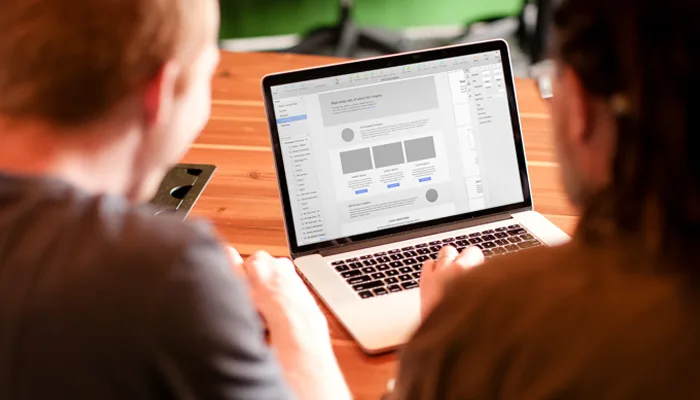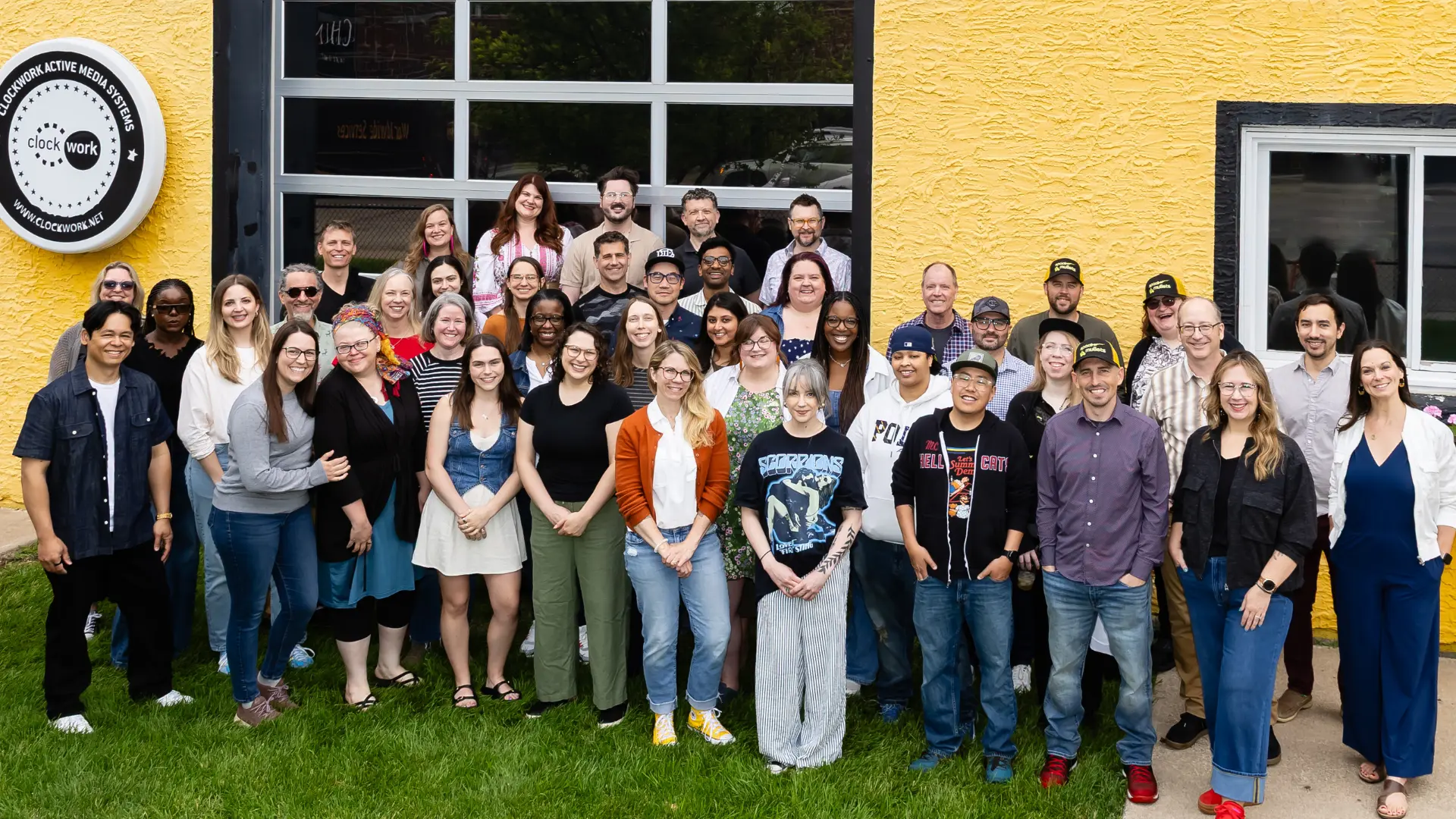More than ever, it’s essential that the interfaces of digital experiences are easy for people to use. It’s estimated that you only have a few seconds to hook your users. If they find your website or app confusing or unclear, something better is a just click away.
The best way to identify usability issues with your digital product is to watch people use it. Conducting in-person testing is proven to uncover sticking points and ways to improve your website, mobile app, or other software.
What is User Testing?
User Testing is a way to gain insights about your product by replicating reality and evaluating what happens. It allows you to collect data about user interactions so that you can improve the customer experience.
Effective tests are conducted by a skilled moderator who asks real people to imagine real-life scenarios and then use the site to complete related tasks. Tests take place in a neutral environment with only the moderator and participant present. (Although it’s totally acceptable and encouraged for stakeholders to observe via double sided mirrors or video conferencing.)
There are 3 things you need for effective usability tests:
Real Users
It’s critical that you test your experience with real people that represent real users. Your coworkers and family members are probably not good candidates. You need to use people who have no investment in the product and who would actually use it in their everyday lives. With the right participants, you’ll gain qualitative insights into what is causing users to have trouble. You’ll hear things that only users can tell you. In turn, you can leverage this information to improve the usability of your product.
Real Scenarios
To get the most accurate findings, you need to create realistic scenarios that mimic the real world as much as possible. Within these scenarios, the participant should find themselves in a situation where a problem needs to be solved. Rather than simply directing participants to solve problems with no explanation, giving them a relatable scenario will provide context and encourage realistic behaviors.
Real Feedback
Once the scenario is set up, it’s critical to let the participant solve the problem on their own. Helping them or directing their attention to particular parts of the screen will contaminate the test results. The moderator’s job is to observe what they do, where they succeed, and where they have difficulties. Moments where participants look to the moderator for help are usually indications of something not working. Letting them talk through it on their own will help uncover why it’s not working.
What are the benefits?
You’ll uncover issues that you’d otherwise miss.
Quantitative research methods can reveal traffic patterns and usage data, but they can’t decipher specific user interface issues. Surveys and focus groups will give you opinions and theories, but what users say is often different than what they do. User testing is different because it allows you to observe people as they interact with your product. It’s a perfect complement to research and analytics because it goes beyond what users are doing by showing you why they are doing it.
Your experience will look and work better.
User testing will expose interface problems that may have been missed during the design and development process. By paying attention to how people read, interpret, and access content, you gain a greater understanding of how to communicate, structure, and format information. Iterating based on these findings allows you to offer the most effective and engaging customer experience.
More people will use your product.
A poor user experience can and will have a negative impact on you brand. If people can’t accomplish what they’re trying to do, they won’t stick around, and they won’t recommend you to friends either. A good experience, on the other hand, will help you stand out among competitors, increase traffic and improve conversion rates. You’ll learn where people get frustrated or confused, and what keeps them from converting. You can then use this information to improve your design in ways that impact not only usability, but your bottom line.
You’ll save time and money.
User testing is proven to decrease support costs, increase user satisfaction, and save on development and redesign efforts. Every time you test and discover unforeseen pitfalls, you get ahead of your usability issues. You’ll be able to prioritize improvements by focusing only on features that users need, which will in turn increase your go-to-market speed. You’ll have facts to help settle internal arguments. You’ll be able to fix things so that you can move forward with your project and build a more profitable, more usable experience.
How does it fit into a project?
Some companies misconceive that user testing is expensive and time consuming, or that it interferes with the creative process. The reality is that it doesn’t have to be any of these things. In fact, skipping user testing because of these assumptions only keeps you from getting crucial user data.
While there are times when elaborate usability testing is warranted, what matters most is that a skilled moderator and real users sit down together in front of the product. This process can be done in any private, neutral setting. It doesn’t have to take days either. Most experts agree that you only need five or so participants to identify the most important usability problems. After that, you will continue to see the same patterns.
Resources will be best utilized if you run many small tests throughout the project and fix usability flaws as you identify them. Testing early and often keeps you from wasting time and money on features that will frustrate and alienate your users. By setting aside time and money from the start, you’ll end up with a product that converts better and costs less to support.
At Clockwork, we can help you make user testing part of your project plan and budget. Our usability experts can help you recruit real users, create an effective test plan, moderate test sessions, and provide detailed assessments and recommendations.




